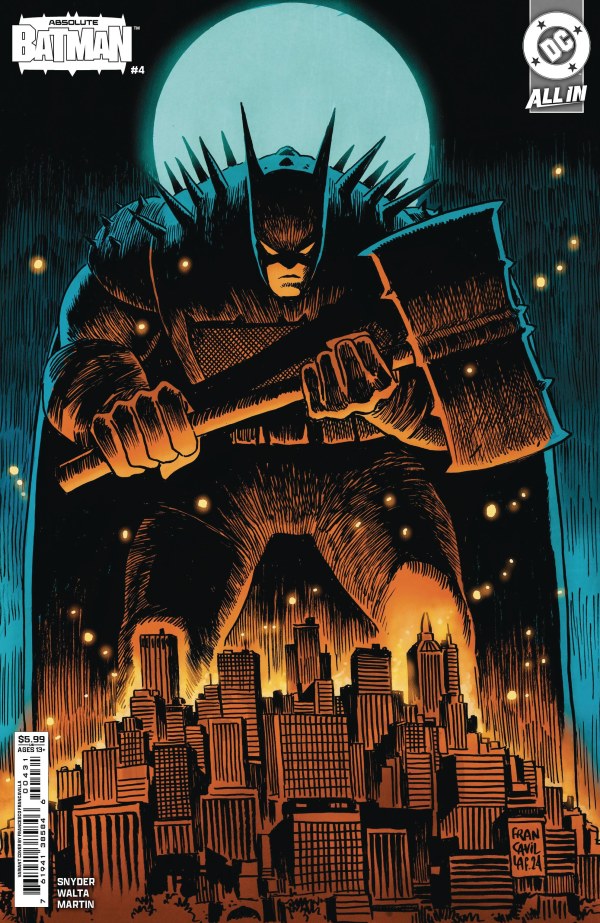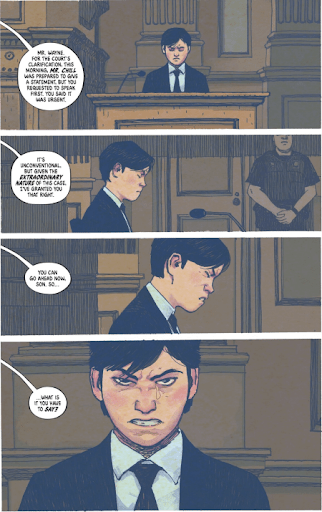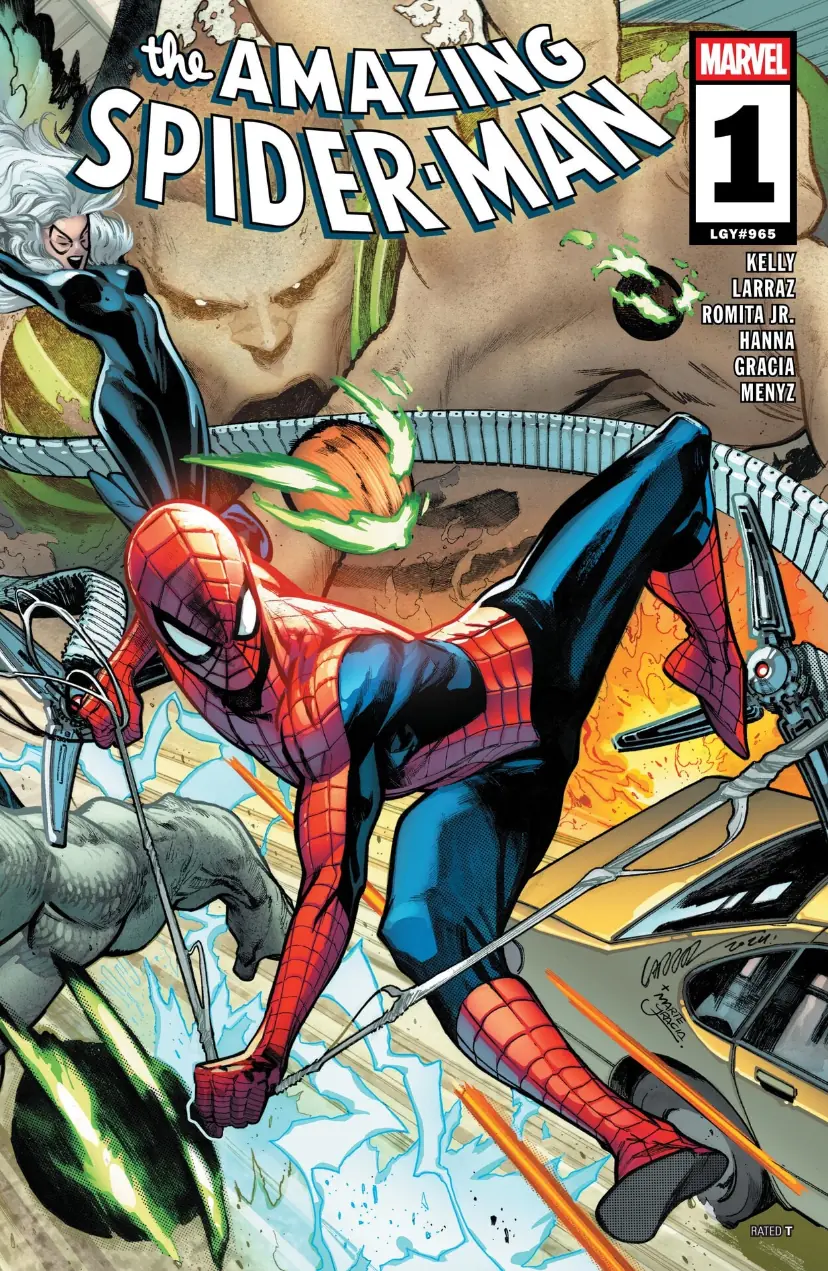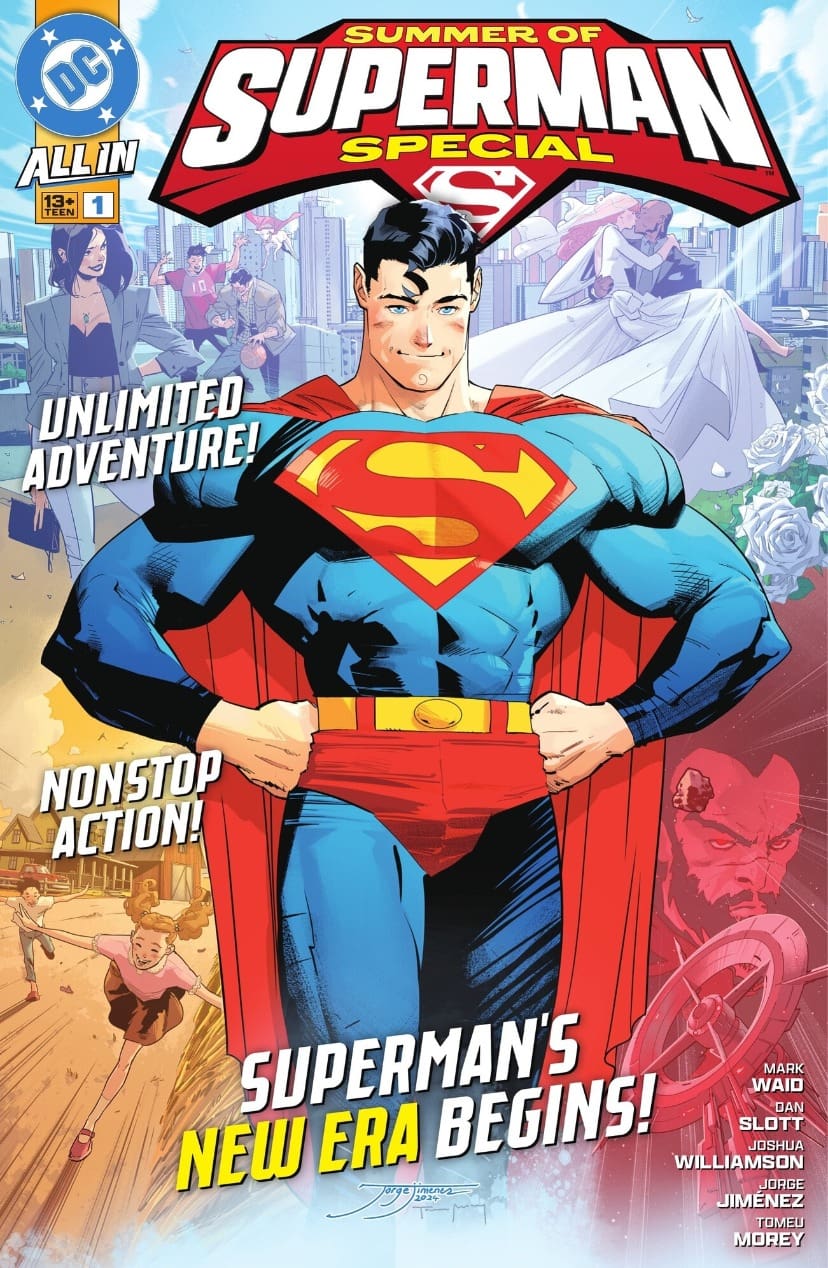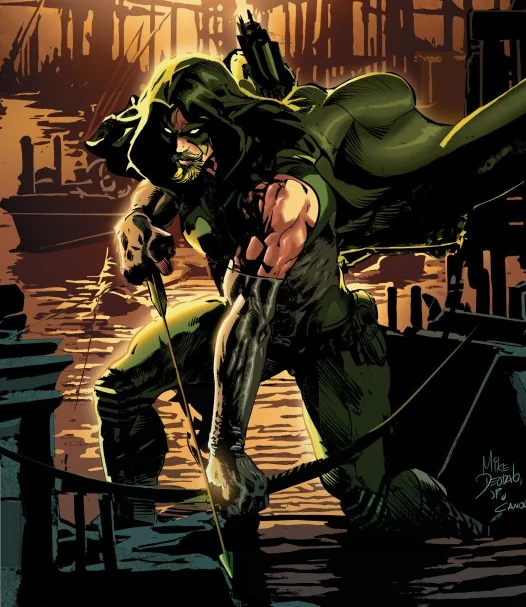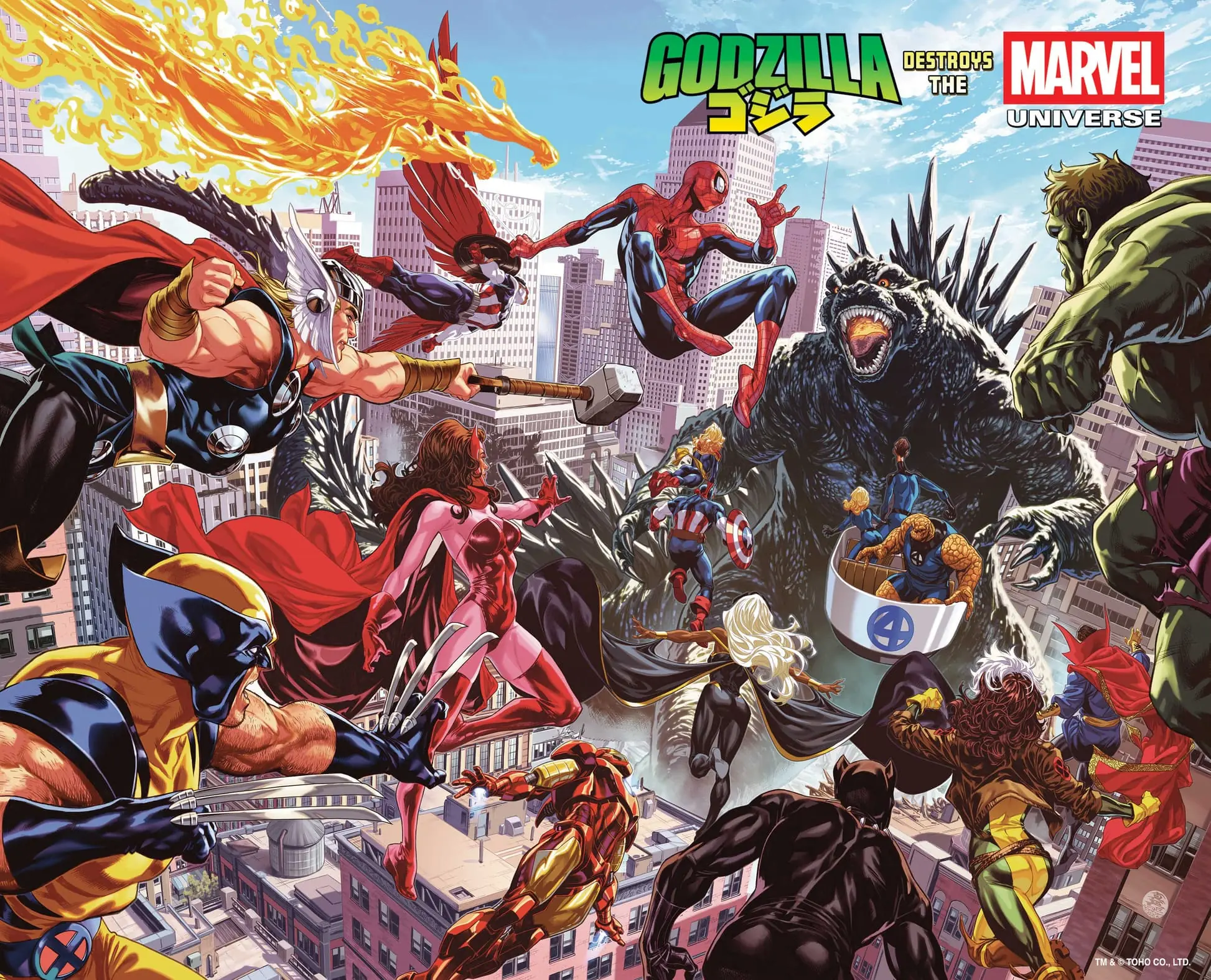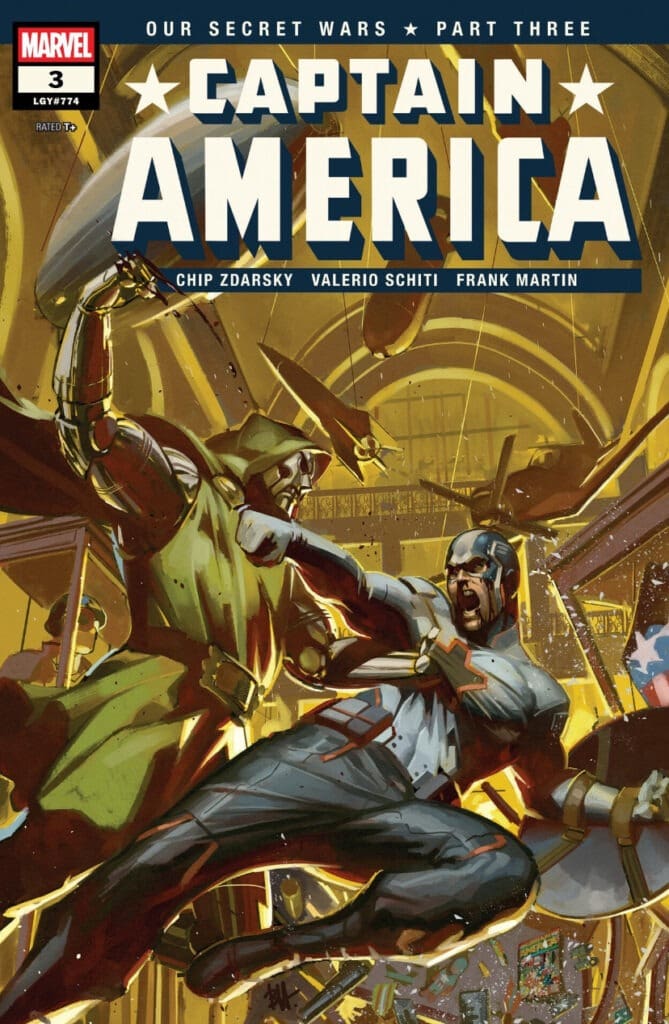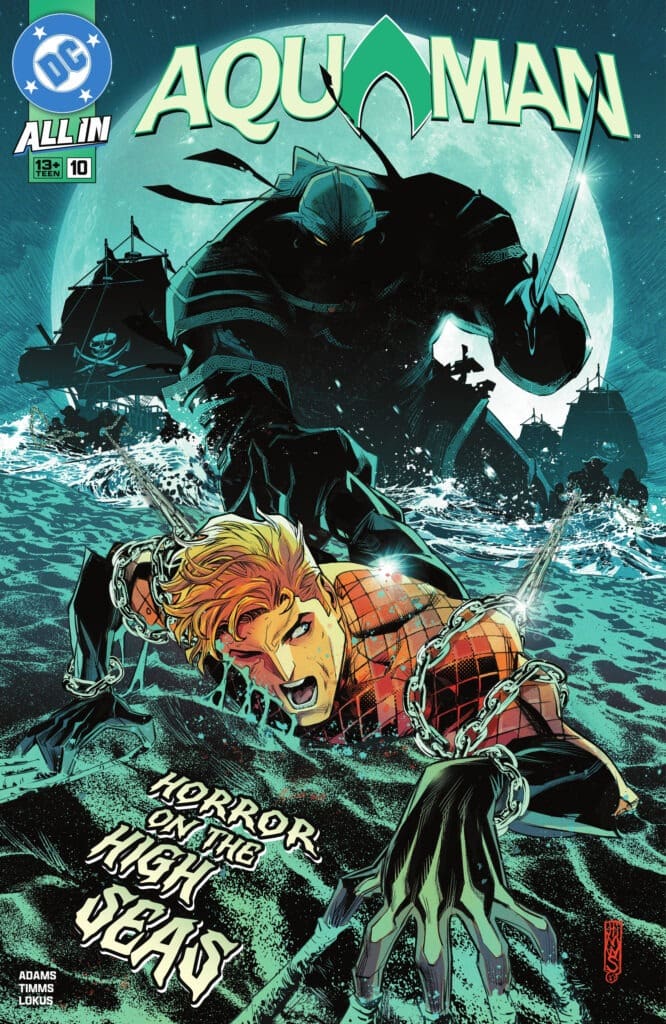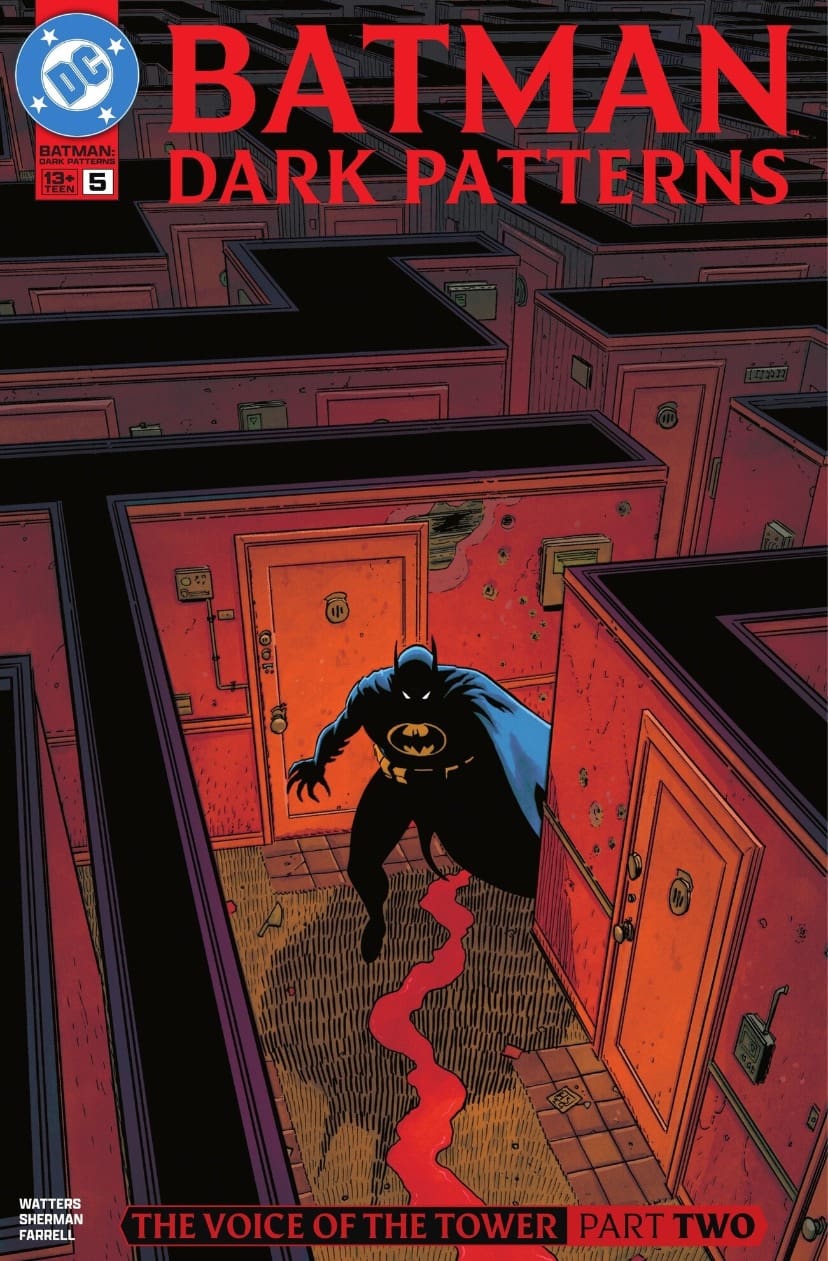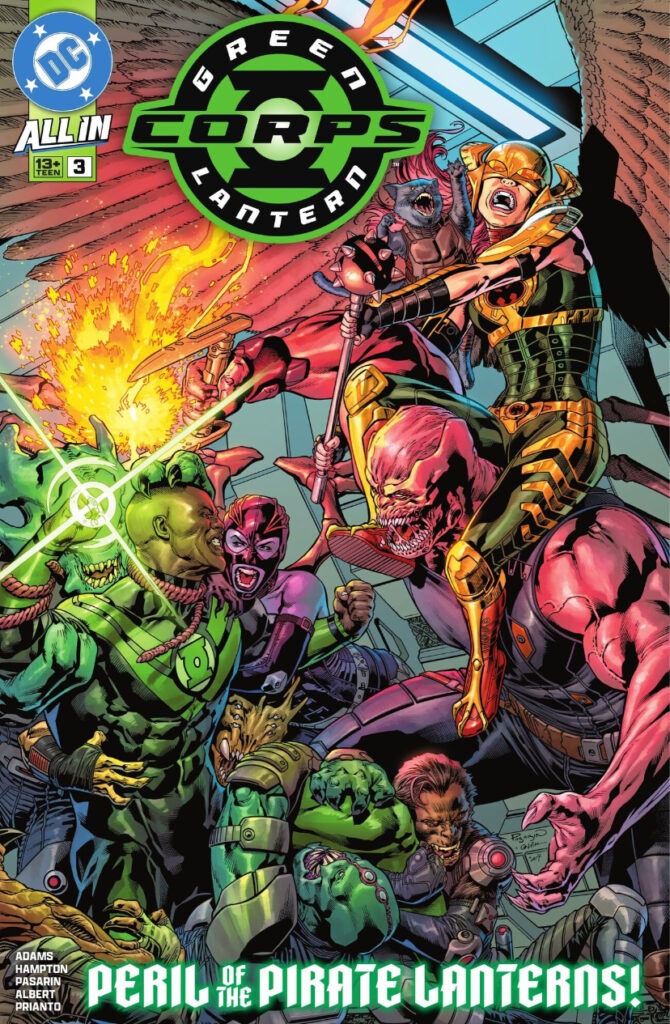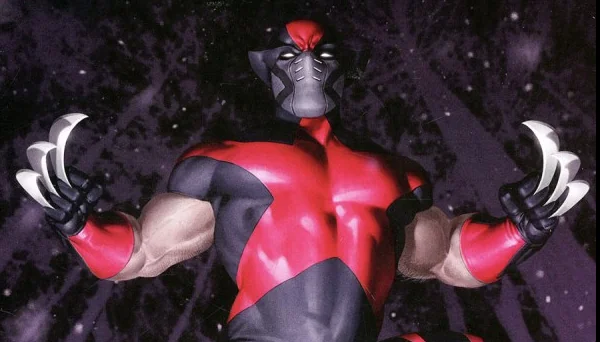Absolute Batman #4 takes a detour from the chaotic present-day Gotham to explore the formative years of Bruce Wayne. With guest artist Gabriel Hernández Walta, Scott Snyder crafts a story that bridges the gap between the boy who lost his father and the behemoth Batman we’ve seen in the first three issues. This flashback-heavy issue doesn’t just fill in gaps, it reshapes how we understand this new, brawnier Dark Knight. But does hitting pause on the main story pay off, or does it feel like a momentum-killing side quest?
Rather than picking up from last issue’s cliffhanger, where Bruce seemingly accepted Black Mask’s deal, this issue rewinds the clock. We follow young Bruce as he engineers a bridge for a school competition, an event that ultimately leads to the fateful zoo trip where his father is killed. It’s a clever way to showcase Bruce’s natural intellect and problem-solving skills while also serving as an early metaphor for the kind of Batman he would become: a figure of fear and function in equal measure.
The issue bounces between three key moments in Bruce’s life: his childhood discussions with Thomas Wayne, his first disastrous outings as a costumed vigilante, and his later confrontation with Joe Chill, the man who murdered his father. We see Bruce experimenting with early Batman concepts, fangs, claws, red eyes, and a modulated voice. It’s all terrifying but ultimately impractical, pushing him toward the more refined terror tactics he’ll later employ. This issue is compelling because it reframes Batman’s journey as one of trial and error. Bruce Wayne didn’t have the resources to travel the world and train with the League of Shadows or the best escape artists. Instead, he learned through painful failure. His first few attempts at being Batman are laughably flawed, he’s too slow, brutal, and terrifying in the wrong ways. He realizes that intimidation alone isn’t enough; he must be adaptable and strategic. He needs to evolve. This theme of adaptation extends beyond Bruce himself.
The story subtly comments on the nature of Batman’s mythos, how every version of him, from The Dark Knight Returns to The Batman, is a product of its time. Snyder asks: What happens when you take away the billionaire crutch? Does Bruce still become Batman? And the answer is a resounding yes, just in a different, grittier, more blue-collar way. However, while this introspection is fascinating, it does come at a cost. The main story—Black Mask’s scheme to turn Gotham into a corporate prison, gets put on hold. That might frustrate readers eager to see where Bruce’s uneasy alliance with Sionis was headed. And while this issue is thematically rich, it does feel like it could have been better placed earlier in the series rather than right when things were heating up.
Credits: DC Comics
Scott Snyder’s story effectively reconciles the raw vulnerability of a grieving boy with the sheer power of Absolute Batman. The highlight of the issue is, without a doubt, the deeper look at Bruce and Thomas Wayne’s relationship. We get a rare glimpse of Thomas as more than just a tragic ghost. He has dreams, regrets, and a deep love for his son. There’s an especially poignant moment where he tells Bruce that, while he wanted to be a surgeon, life had other plans for him. But in the end, he still found a way to help people. It’s a beautifully simple way of reinforcing the idea that, no matter the universe, Bruce Wayne was always destined to become something larger than life.
On the downside, the pacing takes a hit. While the flashbacks are compelling, the constant time jumps can feel jarring. And while Walta’s art is stunning, the action scenes lack the bombastic energy of previous issues. This isn’t necessarily a flaw, it’s just a different flavor of storytelling. But you might leave disappointed if you came expecting another over-the-top Bat-Dump Truck chase. And then there’s the bridge. Yes, Bruce designs a bridge in the shape of a bat. Yes, it can fly. And yes, it will almost certainly make a comeback in the present-day story. Is it ridiculous? Absolutely. But is it any more ridiculous than a monster truck Batmobile? Not really. The difference is that the Bat-Dump Truck was a fun absurdity, while the flying bridge teeters on unintentionally silly.
Walta’s art is a stark departure from Nick Dragotta’s kinetic style. It’s rougher, more grounded, and fits the reflective tone of this issue. The muted color palette by Frank Martin ties everything together, evoking a Batman: Year One aesthetic. The change in art might throw off some readers, but it works beautifully for an issue deeply rooted in memory and emotion.
Credits: DC Comics
Issue #4 is an excellent dive into Bruce Wayne’s formative years. It’s well-written, beautifully drawn, and thematically rich. However, its placement in the series slows the momentum of the main plot. It feels less like the next chapter in the Absolute Batman saga and more like a well-executed Batman: Year One tie-in. Still, this issue is a must-read if you’re a fan of Batman’s origins. It enriches the character in ways that make you appreciate how he got from Point A to Point Bat. And with Bruce’s confrontation with Joe Chill ending on a cliffhanger, it looks like we’re about to get a more personal, emotional confrontation before jumping back into Gotham’s larger battle.
Absolute Batman #4 offers a compelling, flashback-heavy exploration of Bruce Wayne’s formative years, providing a deeper understanding of his evolution into Batman, albeit at the cost of pausing the main narrative’s momentum. While the issue excels in character development and emotional depth, particularly in its portrayal of the Wayne family, the shift in pacing and artistic style may not satisfy readers seeking a continuation of the high-octane action.
‘Absolute Batman’ #4 Review: Explores Bruce Wayne’s Past
Absolute Batman #4 offers a compelling, flashback-heavy exploration of Bruce Wayne’s formative years, providing a deeper understanding of his evolution into Batman, albeit at the cost of pausing the main narrative’s momentum. While the issue excels in character development and emotional depth, particularly in its portrayal of the Wayne family, the shift in pacing and artistic style may not satisfy readers seeking a continuation of the high-octane action.


